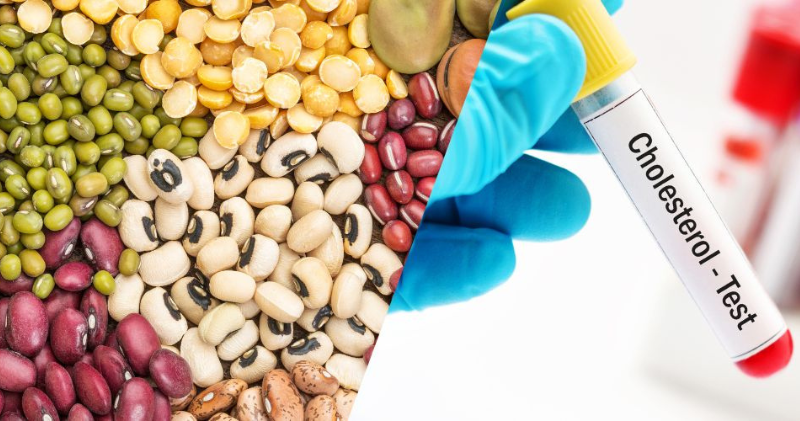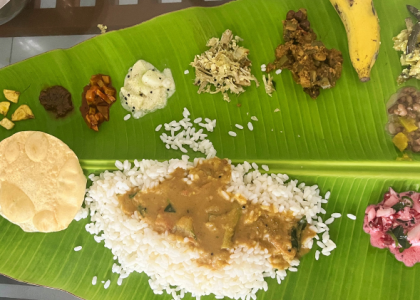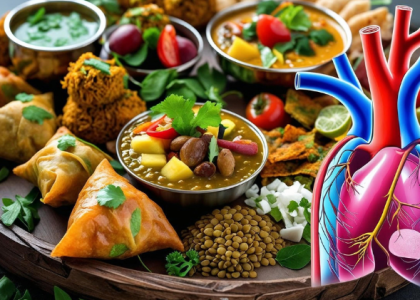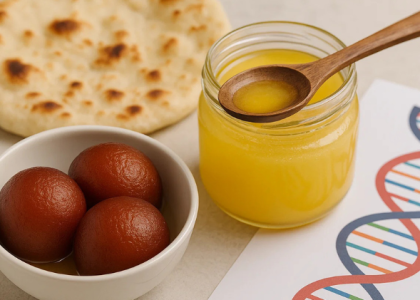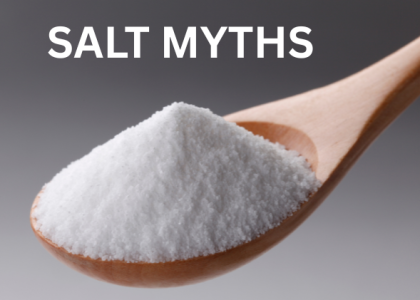It’s on almost every South Asian plate — comforting, affordable, and full of tradition. But did you know your daily dal might also be one of the most powerful weapons against high cholesterol and heart disease?
With heart conditions rising rapidly among South Asians — even those who are slim or vegetarian — it’s time we looked at dals and lentils not just as food, but as functional medicine.
Let’s explore which ones are best, how they work, and how to cook them for maximum heart benefit.
How Dals Help Lower Cholesterol
Lentils and legumes are naturally:
- High in soluble fiber – helps bind and remove “bad” LDL cholesterol from the body
- Low in saturated fat – unlike meats or fried foods
- Packed with plant-based protein – helps reduce blood sugar spikes when eaten with rice or rotis
- Rich in potassium and magnesium – both known to help regulate blood pressure
The soluble fiber is key: it forms a gel in your gut that traps cholesterol and helps flush it out. Studies show eating legumes 4+ times per week can lower LDL cholesterol by 5–10%.
Top 5 Heart-Healthy Dals for South Asians
- Masoor Dal (Red Lentils)
- Cooks quickly and easily
- High in folate, iron, and soluble fiber
- Lowers LDL and supports red blood cell production
Tip: Use it in soups or pressure-cooked dal with garlic and cumin
- Moong Dal (Yellow Split Lentils)
- Light on the stomach and easy to digest
- High in protein, low in fat
- Reduces cholesterol and inflammation
Tip: Pair with spinach or bottle gourd for added fiber
- Chana Dal (Split Bengal Gram)
- Packed with fiber and plant-based protein
- Slows down digestion, preventing sugar and cholesterol spikes
- Helps with weight management
Tip: Cook with tomatoes and turmeric; avoid deep-fried tadka
- Toor Dal (Pigeon Pea)
- Most commonly used in sambar and South Indian dishes
- Great balance of carbs, protein, and fiber
- Contains potassium, which supports blood pressure control
Tip: Limit coconut oil and fried vadams with it
- Whole Green Moong (Sabut Moong)
- The king of fiber-rich dals
- Keeps you full longer, supports gut bacteria, and lowers cholesterol
- Also helps with blood sugar control — a big plus for diabetics
Tip: Try as a sprouted salad or lightly sautéed with cumin and onions
What to Avoid When Cooking Dals for Heart Health
Dals are healthy — but how you cook them matters:
Skip:
- Deep-fried tadka in ghee or coconut oil
- Adding large amounts of salt or butter
- Serving with white rice only
Instead:
- Use minimal oil (1 tsp is enough for flavor)
- Try olive oil or mustard oil for variety
- Add vegetables like spinach, carrots, or bottle gourd for more fiber
Best Dal Combinations for Lower Cholesterol
Here are a few heart-smart dal-based meals:
| Meal Idea | Why It Works |
| Moong dal with brown rice and sautéed greens | Fiber + protein + complex carbs |
| Chana dal with lauki (bottle gourd) and chapati | High fiber, low glycemic |
| Sprouted green moong salad with lemon and tomatoes | No cooking needed, packed with antioxidants |
| Mixed dal soup with garlic and turmeric | Anti-inflammatory, warming, easy to digest |
Rotate different dals during the week — variety supports your gut microbiome, which also impacts cholesterol and inflammation.
Bonus: Track This on Your Next Blood Test
If you’re eating dal regularly but not seeing results, ask your doctor to track:
- LDL (bad cholesterol)
- Triglycerides
- ApoB (a more accurate heart risk marker than just LDL)
- HDL/Triglyceride ratio (shows fat processing efficiency)
Pairing dal with walking, stress reduction, and less sugar will show results in 8–12 weeks.
How Often Should You Eat Dal?
Aim for at least 4 servings per week, but daily is even better.
One serving = ½ to ¾ cup cooked dal
Make it part of lunch or dinner — and skip processed meats or fried snacks that cancel out the benefits.
Final Thought
Dal isn’t just comfort food — it’s cholesterol-lowering, gut-healing, heart-strengthening medicine in a bowl. For generations, our ancestors ate it without knowing the science. Now we know better — and can eat it with even more purpose.
So go ahead — keep your pressure cooker ready.
Your heart will thank you, one scoop at a time.
